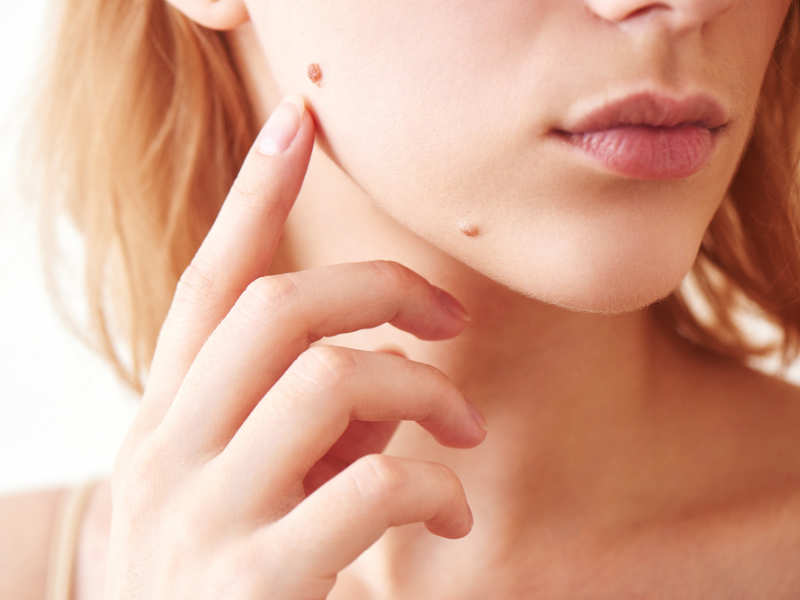How to Get Rid of Moles
Moles are normally brown or dark spots in the skin and they can be flat or raised. Many people go through life without giving their moles a second thought while other people would prefer to get rid of any moles or at least some of them if possible. Sun exposure seems to play a role in the development of moles and may even be involved in the development of atypical, or dysplastic, moles. The role of heredity is important as many families have a type of mole known as dysplastic which can be associated with more suspect moles. Moles must be one of the most common conditions in the world as just about everyone has at least one while some have up to forty or more.
Although, most moles develop during our lifetime, one percent of people are born with moles – and it is these congenital moles that might cause problems, making the subject of skin mole removal a conversation worth having.
Different Types of Moles
There are different types of moles depending on the period when they appeared, their distinct characteristics and their location.
Some of the types are:
- Common moles: Common moles are typically 5 to 6 millimeters in diameter, and have distinct edges and a solid color. They are commonly found in areas exposed to sunlight.
- Atypical moles: Atypical moles have blurry edges and a varying color distribution. These moles have the same appearance as suspect moles, but most atypical moles are benign. However, having more atypical moles may heighten your risk of suspect moles in later life.
- Congenital moles:This refers to moles that were present during birth and are usually called birthmarks. These are at high risk of becoming suspect when someone enters adolescence or adulthood.
- Acquired moles: Acquired moles appear during childhood or adulthood and develop due to sun exposure.
The most important thing to remember about moles is that you should monitor them for any changes and immediately consult a doctor or dermatologist if you are concerned.It is vital to make this diagnosis early since moles are often confused with warts and skin tags. The changes you should look out for are in size, shape or color as well as if a mole starts to bleed, to itch, becomes painful or moles that suddenly appear in adulthood. If your doctor or dermatologist is concerned, the mole will be removed, sent to a lab for evaluation and any treatment (if necessary) arranged.
Surgical Procedures for Mole Removal
- Excision surgery:An excision surgery entails cutting out the mole and the surrounding skin. The skin is then stitched together to close the wound.
- Shave removal:Some moles may be shaved off using a scalpel, which usually leaves only a distinct pink area.
- Freezing:Non suspect moles may be surgically removed using liquid nitrogen. After the procedure, you’ll be left with a small blister that will heal after a few days or weeks.
- Laser removal: Flat moles may be removed from the skin using bursts of light, destroying the pigmentation and letting it be reabsorbed by the skin.
Mole Removal Using Natural Products
Even if your moles are perfectly normal and no risk to your health, you may still wish to remove them and this could be for cosmetic reasons. Fortunately, this can be done in a safe and gentle way with the help of an all natural alternative mole removal product specially formulated from essential oils.
